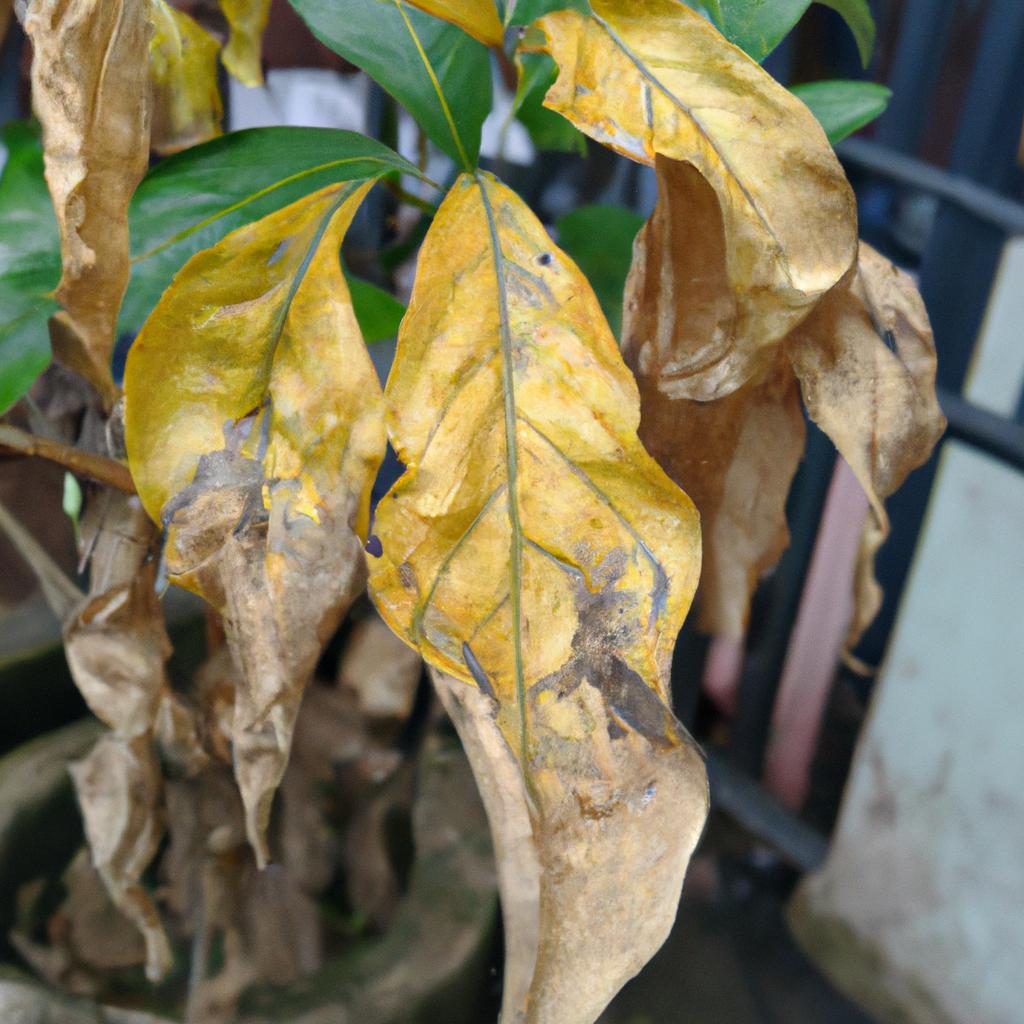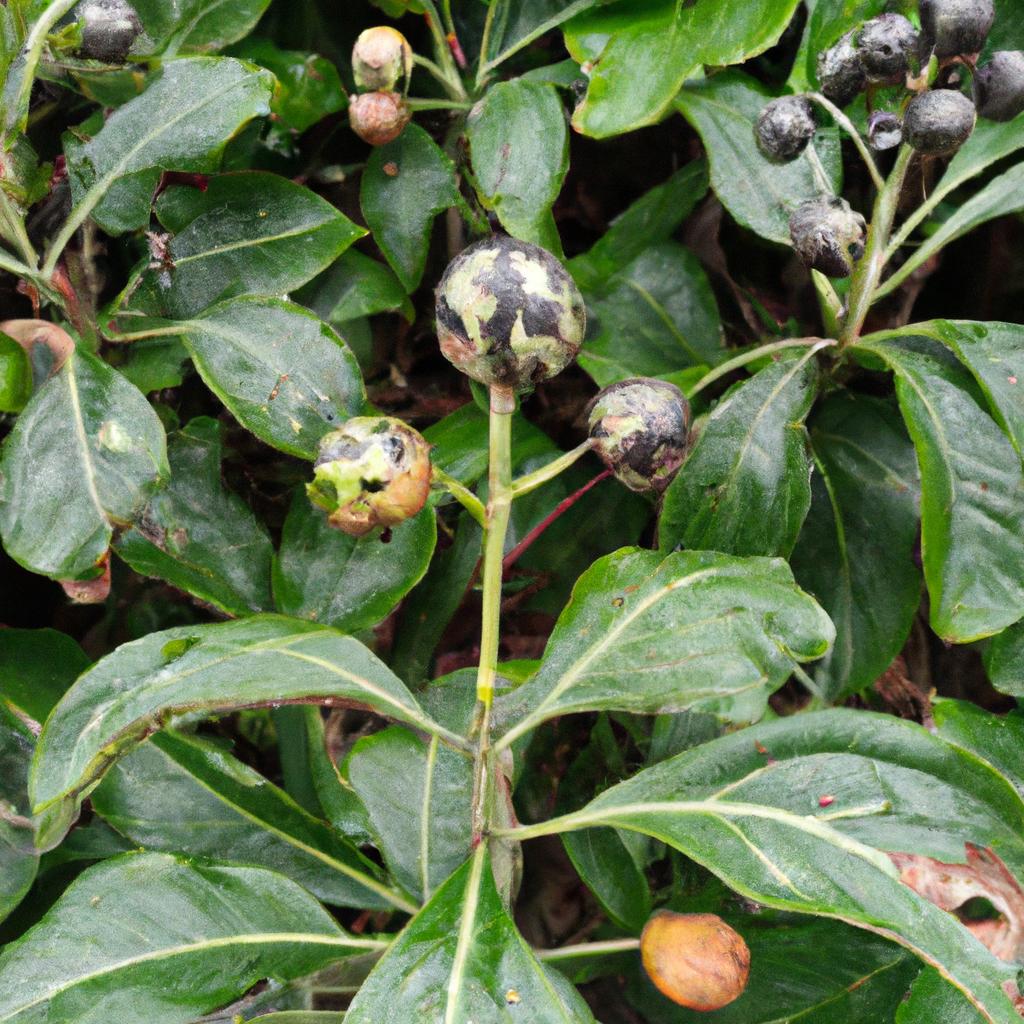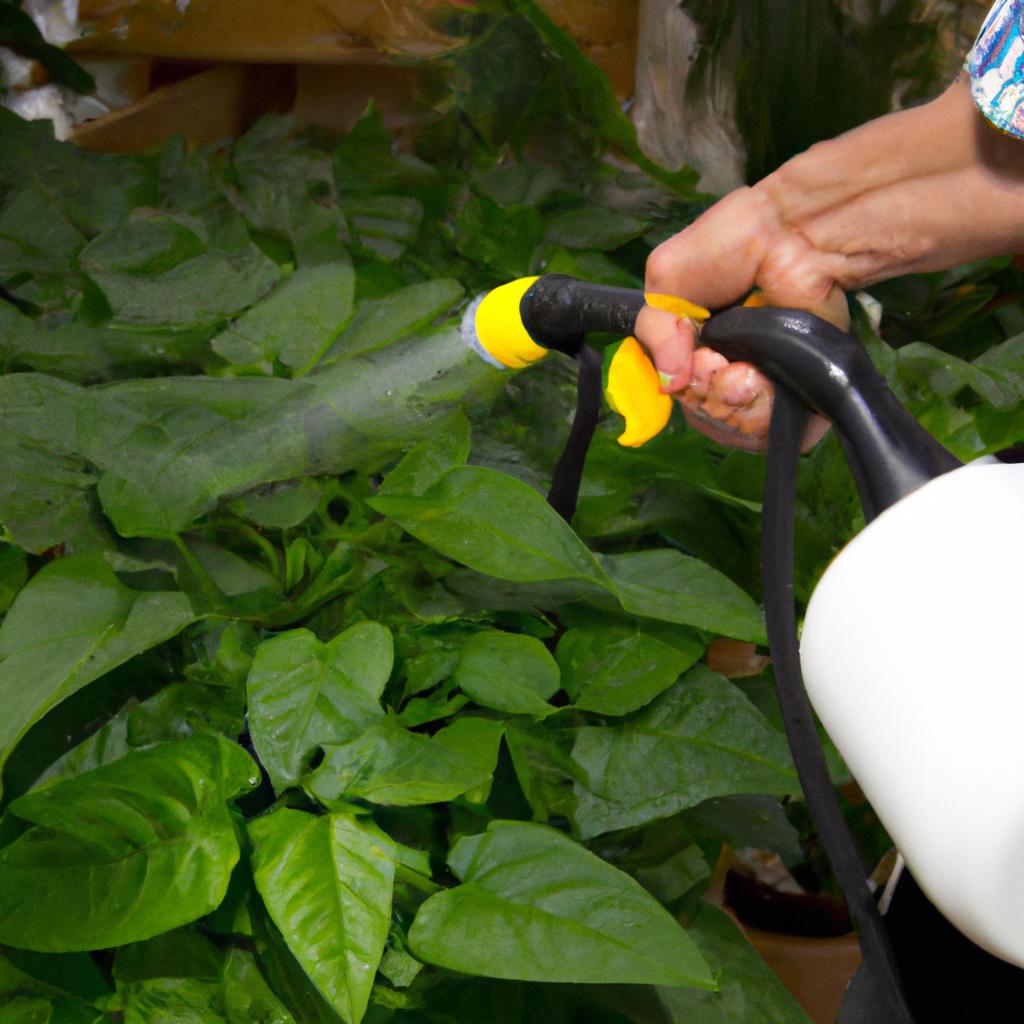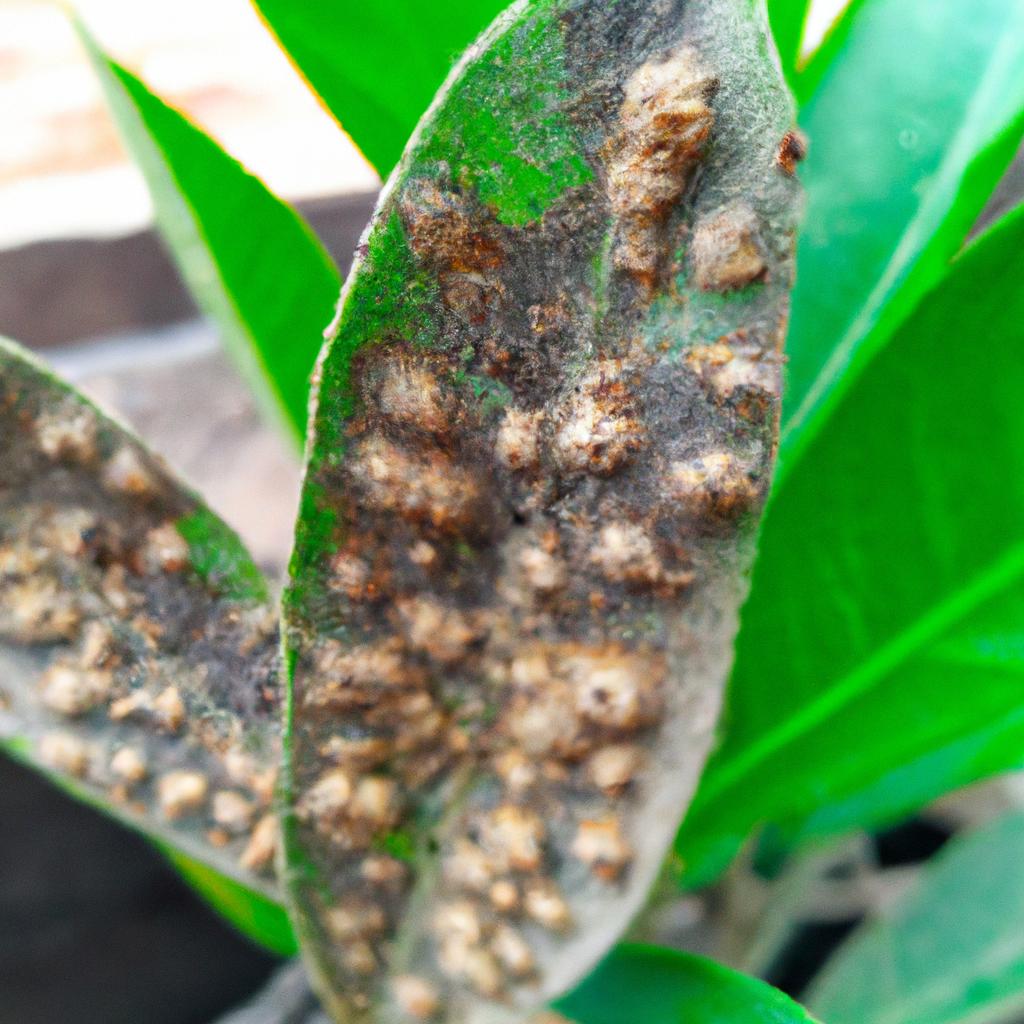Gardening is a fulfilling and rewarding experience, but it can quickly become frustrating and challenging when garden diseases strike. These diseases are caused by various pathogens, including fungi, bacteria, viruses, and parasites. If left untreated, they can spread rapidly and cause significant damage to your garden. In this article, we will explore the common types of garden diseases, how to identify their symptoms, and effective treatment methods.
Common Types of Garden Diseases

The most common types of garden diseases include fungal diseases, bacterial diseases, viral diseases, and parasitic diseases. Fungal diseases thrive in moist environments and infect leaves, stems, and fruits. Bacterial diseases affect various parts of plants, such as leaves, stems, and roots. Viral diseases spread rapidly and cause severe damage. Parasitic diseases are caused by organisms like nematodes, mites, and insects that feed on plants and cause harm.
Fungal diseases, such as powdery mildew, black spot, and rust, are among the most prevalent garden diseases. Powdery mildew affects a wide range of plants, causing a white powdery coating on leaves and stems. Black spot affects roses, causing dark spots on leaves that can lead to defoliation. Rust affects various plants, like hollyhocks and snapdragons, resulting in rust-colored spots on leaves.
Bacterial diseases are also common in gardens. Bacterial leaf spot affects various plants and causes water-soaked spots on leaves. Fire blight affects fruit trees, such as apple and pear trees, causing wilting and blackening of branches. Soft rot affects vegetables, like potatoes and tomatoes, leading to the decay of plant tissues.
To effectively prevent and treat garden diseases, it is crucial to identify their symptoms and the type of pathogen causing them. In the next section, we will discuss how to recognize the symptoms of garden diseases.
Identifying the Symptoms of Garden Diseases

Accurately identifying the symptoms of garden diseases is crucial for prompt prevention and treatment. Garden diseases can manifest in various ways, including changes in plant growth and development, visual symptoms, and alterations in plant color and texture.
Visual symptoms are an excellent way to identify garden diseases. These symptoms include wilting, yellowing or browning of leaves, spots or lesions on leaves, and stunted growth. For example, if you notice your plant’s leaves turning yellow or brown and starting to wilt, it may indicate a fungal or bacterial disease. Spotting lesions on leaves may also indicate a fungal or bacterial infection.
Changes in plant growth and development are indicative of garden diseases. These changes may include a slowed growth rate, abnormal branching, and premature death of the plant. If your plant is not growing as quickly as it should, it could be a sign of a parasitic disease. Abnormal branching or premature death of the plant could indicate a bacterial or viral disease.
Changes in plant color and texture can also suggest the presence of garden diseases. Look for a mottled appearance, powdery or fuzzy texture, or a slimy or mushy texture. For instance, if your plant has a powdery or fuzzy appearance on its leaves, it could be a sign of a fungal disease. A slimy or mushy texture may indicate a bacterial disease.
Accurate identification of garden disease symptoms is vital for effective prevention and treatment. In the following section, we will discuss various methods to prevent and control garden diseases.
Prevention and Control of Garden Diseases
Preventing and controlling garden diseases is crucial to maintain a healthy and vibrant garden. Implementing good gardening practices, using disease-resistant plants, proper watering and fertilization, and employing fungicides and pesticides are effective measures to prevent and control these diseases.
Good Gardening Practices

Adopting good gardening practices plays a significant role in preventing the spread of garden diseases. Proper sanitation, crop rotation, and pruning are essential practices. Sanitation involves removing dead plant materials and debris, which can harbor pathogens and promote disease. Crop rotation entails planting different crops in different locations each year to prevent the buildup of pathogens in the soil. Pruning involves removing infected plant parts to prevent disease spread.
Use of Disease-Resistant Plants
Using disease-resistant plants is another effective measure to prevent and control garden diseases. These plants are specifically bred to resist certain pathogens, such as fungi, bacteria, and viruses. By incorporating disease-resistant plants, you can significantly reduce the risk of garden diseases.
Proper Watering and Fertilization
Proper watering and fertilization practices contribute to the prevention and control of garden diseases. Overwatering can lead to waterlogged soil, promoting the growth of fungi and bacteria. On the other hand, underwatering can stress plants and make them more susceptible to disease. Proper fertilization ensures that plants are healthy and resilient against diseases.
Use of Fungicides and Pesticides
Fungicides and pesticides can be employed to prevent and control garden diseases. Fungicides effectively control fungal diseases, while pesticides help manage parasitic diseases. It is crucial to use these products as directed and only when necessary to prevent the development of resistance in pathogens.
In conclusion, preventing and controlling garden diseases is essential for maintaining a healthy and vibrant garden. By identifying the symptoms accurately and implementing good gardening practices, using disease-resistant plants, proper watering and fertilization, and employing fungicides and pesticides, you can prevent the spread of garden diseases and enjoy a beautiful garden.
At TooLacks, we provide valuable information on nature, gardening, and animals to help you develop your skills and knowledge. Visit TooLacks for more insightful articles. We hope this article has been informative and helpful in understanding garden diseases and how to prevent and treat them effectively. Happy gardening!



